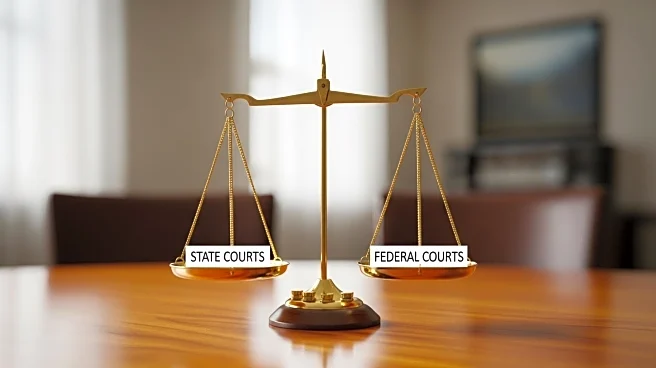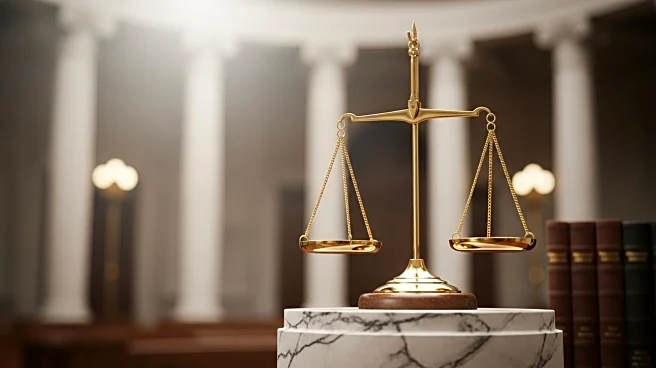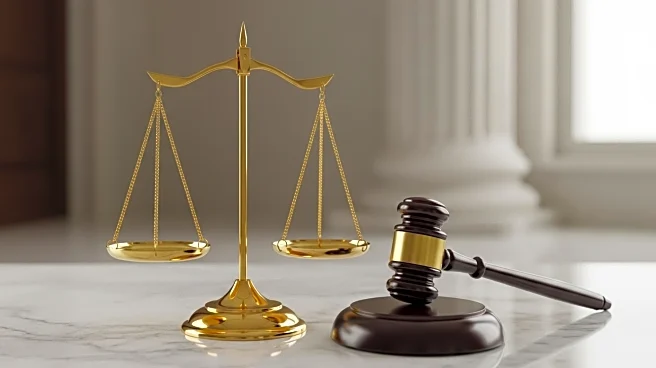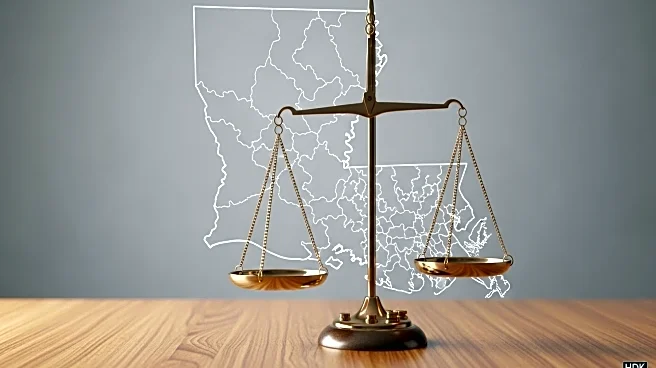What's Happening?
The US Court of Appeals for the Ninth Circuit has ruled that cultural components of natural resource damages can be considered as lost use damages under the Comprehensive Environmental Response, Compensation,
and Liability Act (CERCLA). This decision reversed a previous summary judgment in favor of Teck Cominco Metals Ltd., remanding the case for trial on $653 million in claims from the Confederated Tribes of the Colville Reservation. The ruling highlights the ongoing debate over the scope of compensable values in natural resource damages, including nonuse values such as existence and bequest values. The Department of the Interior's regulations have expanded the definition of compensable value, leading to controversy and litigation over nonuse damages.
Why It's Important?
This ruling could significantly impact how natural resource damages are assessed and compensated in the United States. If the case reaches the Supreme Court, it may set a precedent for how cultural and nonuse damages are integrated into environmental restoration efforts. The decision could affect federal, state, and tribal governments' ability to restore injured natural resources more efficiently. The broader implications include potential changes in how companies are held accountable for environmental damages, possibly leading to increased costs for retroactive compensation beyond cleanup and restoration. This could influence future environmental policy and litigation strategies.
What's Next?
If Teck Cominco Metals Ltd. appeals the decision and the Supreme Court agrees to hear the case, it could become a landmark environmental damages case. The outcome may redefine the scope of compensable values under CERCLA, particularly regarding nonuse damages. The Interior Department may need to clarify its regulations to align with congressional intent, potentially reducing litigation and facilitating faster restoration of contaminated sites. Stakeholders, including environmental groups and industry representatives, will likely monitor the case closely for its implications on environmental policy and corporate liability.
Beyond the Headlines
The case raises questions about the ethical and legal dimensions of valuing nonuse damages, which are often controversial and untethered to actual remediation costs. The debate over nonuse values touches on broader issues of environmental justice and the rights of indigenous communities to seek compensation for cultural losses. The ruling may prompt discussions on how to balance economic interests with cultural preservation in environmental policy.











